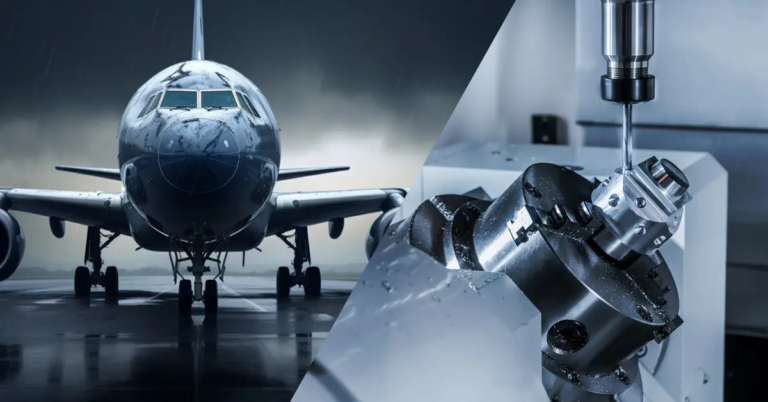CNC Wood Processing 101: A Beginner’s Guide
As the world continues to evolve, the demand for precision and custom parts has increased significantly. CNC (Computer Numerical Control) processing has become an important tool in various industries including aerospace, automotive and medical care. However, for those with new CNC machining, the navigation process can be overwhelming. In this article, we will uncover the basics of CNC wood processing and provide a comprehensive guide for beginners.
What is CNC wood processing?
CNC machining is a manufacturing process that uses computer-controlled machines to cut and shape wood, metal or plastic materials. The process involves using computer-aided design (CAD) software to generate complex designs and patterns and then feed them into a CNC machine. The machine uses precise cutting tools such as cutting saws or drills to accurately design onto the material.
How does CNC wood processing work?
The CNC wood processing process involves multiple steps:
- design: The first step is to use CAD software to design parts or products. The design is then converted to G-code, a machine-readable language that CNC machines can understand.
- Software preparation: Load the G code into a CNC computer and use it to control the cutting process.
- CNC machine settings: The CNC machine is equipped with necessary cutting tools such as cutting saws or drill bits.
- CNC machine operation: Activate the CNC machine and start cutting and shaping the material according to the design specifications.
Benefits of CNC wood processing
CNC wood processing offers a variety of benefits, including:
- Accurate and accurate: CNC machines provide unparalleled precision and accuracy, resulting in high quality parts and products.
- Improve efficiency: Compared with traditional processing methods, CNC processing is a faster and more efficient process.
- custom made: CNC machines can produce complex designs and shapes that will be difficult or impossible to implement manually.
- Cost-effective: CNC machining can reduce material waste and reduce production costs due to its accuracy and speed.
Types of CNC machines
There are several types of CNC machines, including:
- 3-axis CNC machine: Basic CNC machine that can move in three dimensions (X, Y, and Z axes).
- 4-axis CNC machine: A more advanced machine that can move in four dimensions (x, y, z and axes).
- 5-axis CNC machine: The most advanced machine that can move in five dimensions (x, y, z, a and b axes).
in conclusion
CNC wood processing is an important process in various industries and has accurate and precise manufacturing capabilities. By understanding the basics of CNC machining, including design, software preparation and machine setup, you can unlock the potential of this innovative manufacturing technology. Whether you are a beginner or an experienced professional, CNC wood processing can help you produce high-quality products accurately and accurately.
FAQ
- What is the difference between CNC wood processing and traditional processing?
CNC machining uses computer-controlled machines, while traditional machining relies on manual operations.
- Can CNC machines be used for metal or plastic processing?
Yes, CNC machines can be used to process a variety of materials, including metals and plastics.
- What are the benefits of using CNC machining?
CNC machining provides accuracy, accuracy and efficiency, ideal for producing complex designs and shapes.
- What is the type of CNC machine?
There are three main types of CNC machines: 3-axis, 4-axis and 5-axis computers, each with different levels of accuracy and complexity.
- Is CNC machining suitable for beginners?
Yes, with proper training and guidance, beginners can learn to use CNC machines to produce high-quality parts and products.

















